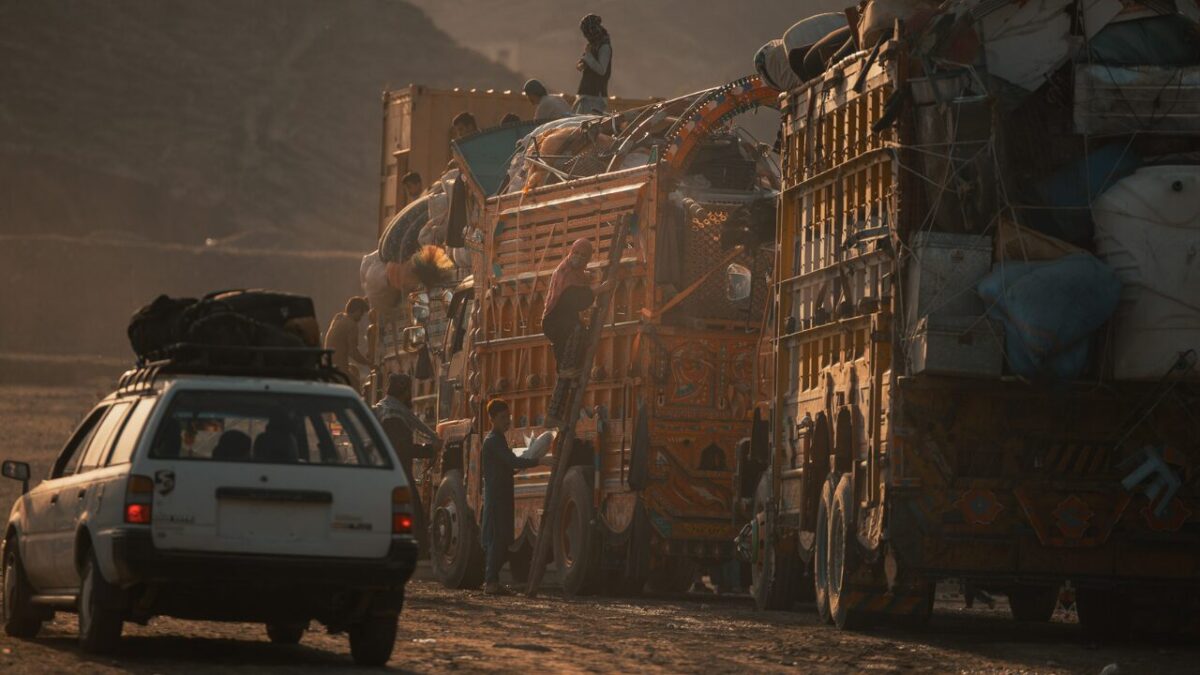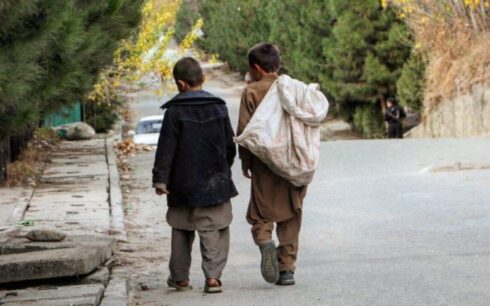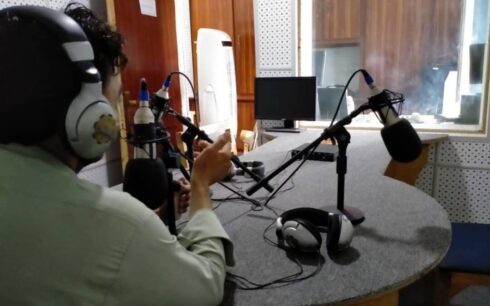Due to the prolonged wars in Afghanistan and the resulting economic, political, and security instability, a significant number of Afghanistan citizens have sought refuge or migrated to various countries, both near and far. This situation has displaced several generations of Afghans from their homes and homeland, with some even being born and dying in foreign countries.
Recently, a number of countries around the world including neighbouring nations such as the Islamic Republic of Iran and the Islamic Republic of Pakistan have begun mass deportations of Afghan citizens who are reportedly residing in those countries without legal documentation (i.e., lacking the necessary residency and travel permits). Although precise statistics on the number of deportees are not publicly available, according to scattered information released by official sources in both countries, at least several thousand individuals have so far been detained and forcibly deported back to Afghanistan.
This article aims to explore the following questions: Who are these deported migrants? What are the security implications of their mass expulsion to a country lacking a legitimate and functioning government? And how might radical jihadist groups and organized crime networks exploit these individuals?
Who are the deported individuals?
According to the official accounts of neighbouring and other countries, these individuals are people who reside in these countries without legal residency documents, and whose presence is perceived as a threat to the host nations’ national security in the economic, security, and social spheres.
However, a closer examination of the available data shows that Afghan migrants in these countries fall into different categories in terms of both timeline and documentation:
A. Long-term residents
Iran and Pakistan are two neighbouring countries that, for decades (at least four decades), have hosted a significant number of Afghan citizens who migrated there due to serious security and economic problems in their home country. Many of these individuals were born and raised in those countries and have neither emotional ties to nor official documents linking them with Afghanistan. These people have been integrated into the social fabric of the host countries. Despite limited opportunities, they have studied within the educational frameworks of those nations and have adopted the host countries’ social values as their own.
Available statistics and data indicate that many of these migrants, due to their long-term residence in Iran or Pakistan, have no social connections or legal documentation related to Afghanistan. Reports suggest that some among them were born in these host countries and do not even know which region of Afghanistan they originally come from. These individuals face numerous challenges and, if deported, will have no familiarity with life in Afghanistan. The vulnerability of this group is likely to increase especially given that the Taliban, as the de facto regime, is incapable of offering any necessary support or protection.
B. Labourers and economic migrants
This group, particularly prevalent in Iran, is present due to the high demand for labour. They have often travelled legally or illegally to Iran and returned home. Many work alone in the host countries and financially support their families back in Afghanistan. These migrants take on difficult, low-status, and often humiliating jobs. Emotionally and psychologically, they have become hardened. In order to support their families, they constantly endure the emotional and physical threat of death. Many have been arrested and tortured, then deported to Afghanistan through harsh detention facilities especially in Iran only to later return in order to survive.
C. Vulnerable individuals
This category mainly includes those who were forced to leave the country after the fall of the Afghan government (2021) and the return of the Taliban, a group known for its extreme radicalism and history of terrorism. This group includes Afghan National defence and security forces (ANDSF), civil activists, journalists, religious figures (opposing the Taliban’s interpretation of Islam), and human rights defenders.
Although smaller in number compared to the previous two groups, this category is far more vulnerable both in host countries, due to their lack of familiarity with hard labour and limited financial resources, and especially if forcibly returned to Afghanistan, where each individual faces the risk of certain death at the hands of the Taliban.
But what is the main concern?
Given that today’s Afghanistan lacks a legitimate and accountable system, and the Taliban regime has neither the intention nor the capacity to support these individuals, mass forced deportations would create serious security, economic, and social concerns inside Afghanistan. These concerns can be divided into two parts:
A: Concerns for the deportees
The main concern for the deportees comes from a regime that not only is not happy with their return but sees them merely as prey or a source for collecting religious taxes (usher). The Taliban has neither the financial nor technical ability, nor the necessary intention, to support these individuals. Without limited help from international organizations, these people will not even have access to drinking water.
Reports show that the Taliban has even exploited humanitarian resources from these organizations for its own benefit or diverted the aid. The lack of health services, education, and security are among the most serious challenges that deportees will face from the moment they enter Afghanistan. The children of these families will be deprived of necessary education and may be recruited into Taliban Jihadi Madrassas. This is like scattering cluster bombs everywhere and will seriously threaten Afghanistan’s and the region’s future security.
Available information shows that some countries, including Turkey, Iran, and Pakistan, have in many cases arrested vulnerable individuals, especially former members of Afghan National defence and security forces (ANDSF), and forcibly deported them. Most of them have either ended up in Taliban prisons, have been forcibly disappeared, or have been killed.
B: Concerns from the deportees
Although some politicians have suggested that some countries may have systematically sent members of ISIS among the migrants back to Afghanistan, there is no evidence supporting the implementation of such a plan.
However, based on what is known about terrorist groups and organized crime networks, there is a strong likelihood that these groups will exploit the poor economic and social conditions of the deportees and recruit them by offering money or temporary facilities.
Given the Taliban’s regime current weakened financial situation, the chance of these people being recruited into Taliban ranks is low for now. However, groups such as Tehrik-i-Taliban Pakistan (TTP), Jaish ul-Adl, and ISIS-Khorasan are actively pursuing such recruitments.
Terrorist groups like ISIS-Khorasan and TTP are constantly looking for opportunities to recruit new members. These groups use human crises to attract vulnerable individuals. Many of these people, due to poverty and lack of access to basic services, can easily become new recruits for terrorist groups.
Additionally, criminal groups such as drug traffickers and smugglers of antiquities take advantage of the situation and use these individuals as cheap labour for their illegal activities.
C: Social and economic consequences of migrant deportation
The deportation process not only has negative consequences for the deportees themselves but also has deep negative impacts on Afghanistan and regional security. Some returnees, who may not even have enough understanding of Afghanistan’s social structure, could quickly turn into resources for terrorist groups and organized crime networks when facing the Taliban and the new economic and social challenges.
Information’s show that after deportation; many individuals have been abandoned in Afghanistan’s border areas without any support. Since the Taliban cannot provide even basic services, these individuals may quickly be attracted to terrorist groups or illegal activities.
The absence of schools, healthcare services, and security, along with extreme economic hardship, creates conditions where these people are used as cheap labour by various groups active inside Afghanistan or neighbouring countries.
Conclusion
The mass deportation of Afghan migrants from neighbouring and other countries, without considering Afghanistan’s current economic, security, and social realities, will have disastrous consequences. This process not only causes a deep humanitarian crisis but also further weakens the already fragile social structures of Afghanistan, potentially leading to the creation of new cycles of extremism, instability, and organized crime.
In a situation where the Taliban lacks the necessary capacity to absorb, support, and empower deportees, and vital infrastructure such as education, health, employment, and security have practically collapsed, returning migrants face extremely limited and risky options. Radical jihadist groups and organized crime networks, which are always looking for vulnerable and recruitable individuals, can easily exploit this wandering population for their purposes.
In such conditions, forced deportation of migrants without clear support plans and reintegration strategies not only destroys the future of these individuals but also creates a serious threat to Afghanistan’s national security and regional stability.
Therefore, it is essential that the international community, humanitarian organizations, and the involved countries adopt policies based on human rights, human dignity, and a realistic analysis of the situation in Afghanistan, and avoid rushed, irresponsible, and unmanaged approaches towards Afghan migrants.
Among these migrants, the former members of Afghan National defence and security forces (ANDSF), being the most vulnerable group, must receive special humanitarian attention and support from host countries and international organizations.
Besmillah Taban, a PhD student in Security Studies at JU, served in various positions within the Afghanistan National Police (2002-2021), including as the Head of the Crime Investigation Department (CID). He can be reached on the social media platform X at @BesmillahTaban.
Opinions expressed in this article are those of the author and do not necessarily reflect the views of this publication.





